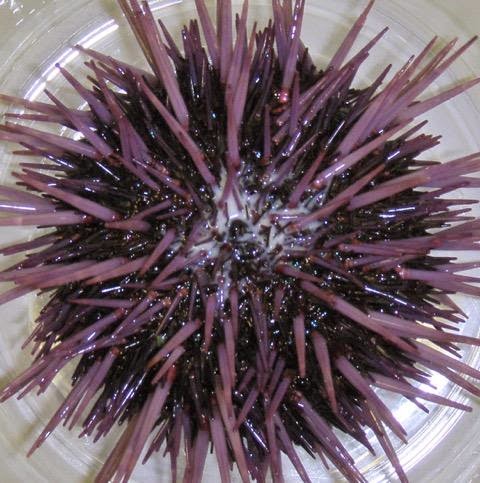
Neuropeptides are small proteins in the brains of all animals that bind to receptor proteins and cause activity in cells. The researchers at Queen Mary University of London, led by Professor Maurice Elphick, were investigating whether a particular sea urchin neuropeptide was an evolutionary link between neuropeptides in humans and insects.
The last common ancestor of humans, sea urchins and insects probably lived over 600 million years ago but we’ll almost certainly never know what it looked like or even find an example of it in the fossil record but we can tell a lot about it by looking at genes and proteins in its evolutionary descendants.
Neuropeptide molecules are difficult to study in this way because they are small, often only a few amino acids long, much shorter than most proteins, and therefore patterns can be difficult to identify.
Dean Semmens, a PhD student at QMUL and first author of the paper said:
“The remarkable process of evolution means that molecules that once had the same function can, over hundreds of millions of years, change to control such different processes as anxiety in humans and moulting in insects.
“Despite their alien looking shape sea urchins are comparatively close relatives of humans, certainly much closer than insects. For this reason, as with this discovery, they can help us determine the evolutionary history and origins of important molecules in our brain.”
Reference:
‘Discovery of sea urchin NGFFFamide receptor unites a bilaterian neuropeptide family’ by Semmens DC, Beets I, Rowe ML, Blowes LM, Oliveri P, Elphick MR. 2015 is published in Open Biology. DOI: 10.1098/rsob.150030
Note : The above story is based on materials provided by Queen Mary, University of London.










